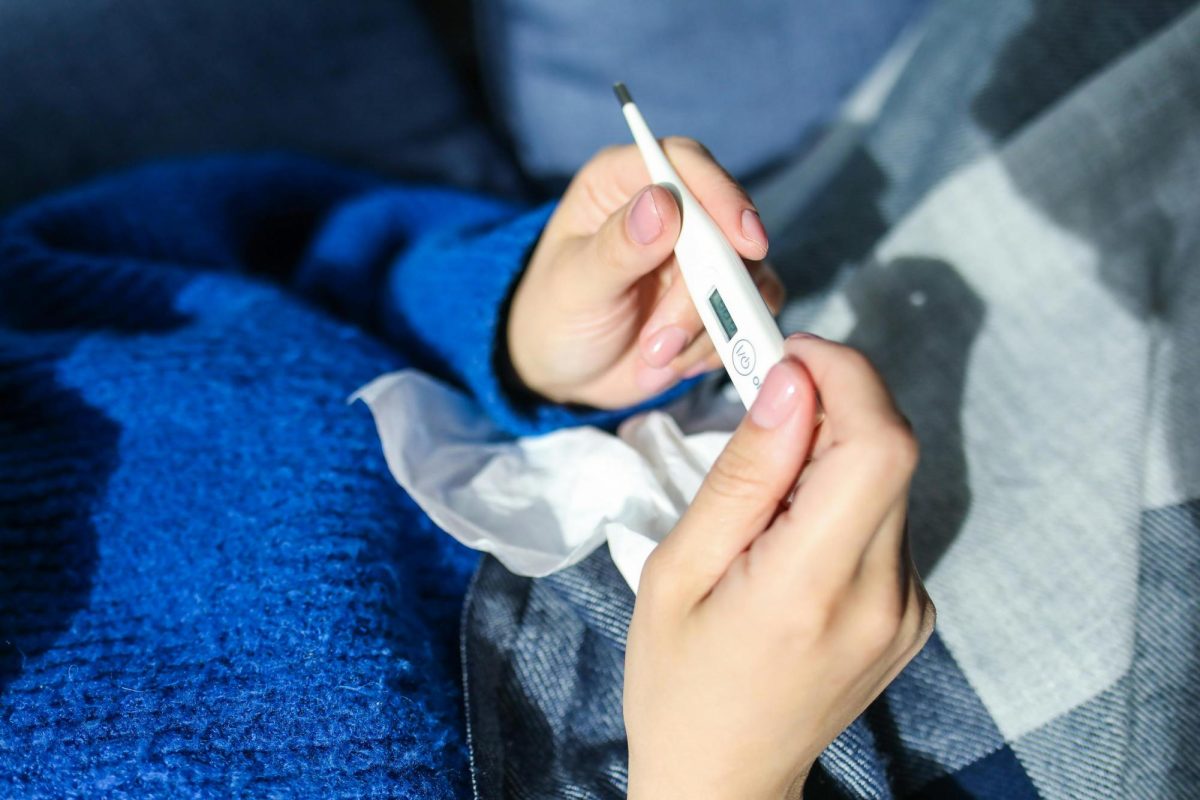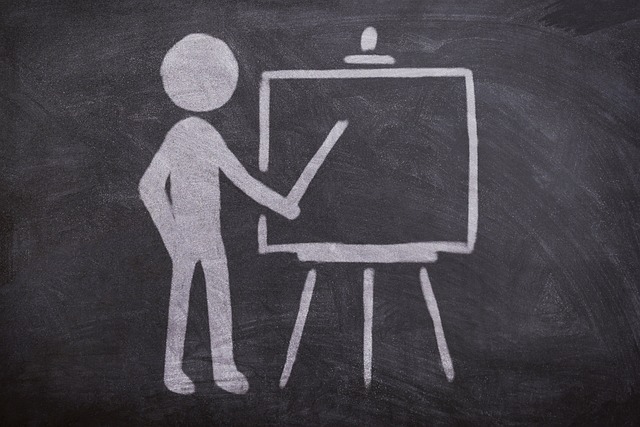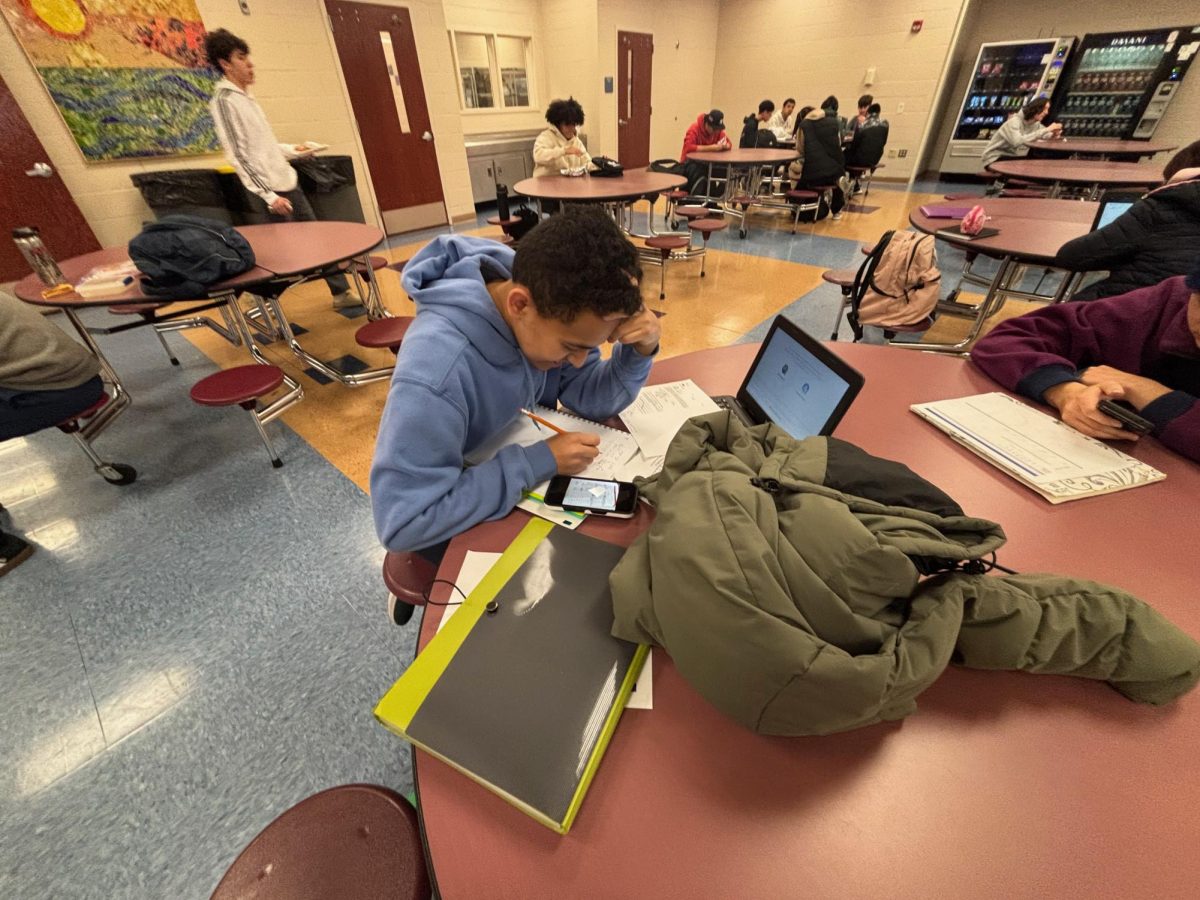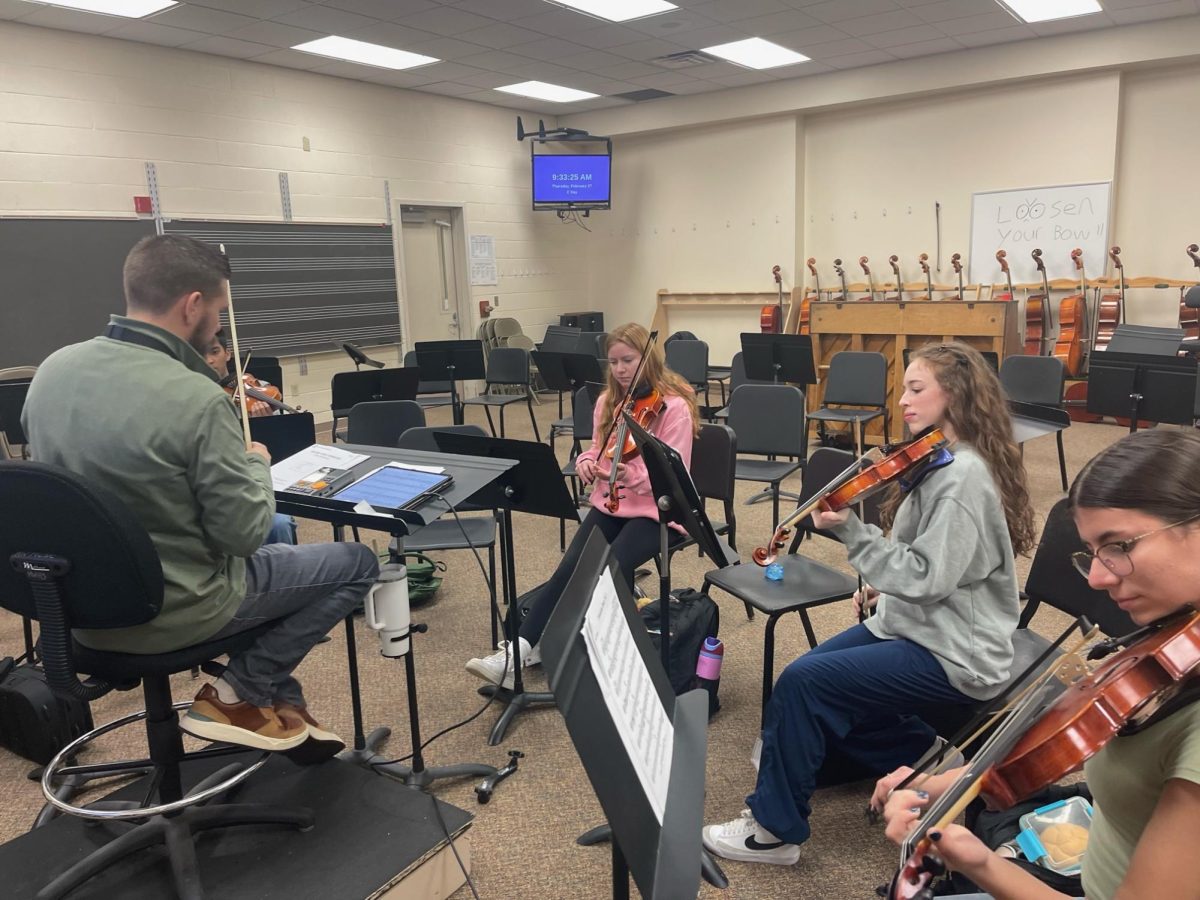Social media addiction and cell phone dependence create problems for young people
April 3, 2019
Scrolling. Liking. Sharing. Clicking. These are terms many twenty-first century teenagers are familiar with. It can keep them up at night and distract them from their work during the day.
Social media and cell phones can be addictive to teenagers. This has given way to chronic internet addiction, for which there are numerous rehabilitation centers around the world. This is a controversial topic, as people are torn over whether internet addiction is a serious mental illness or not.
In China, South Korea, and the United States, internet rehabilitation centers have been opened to help cell phone addicted people recover.
Monroe-Woodbury freshman, Madison Gordon said she feels that she and other people spend too much time on their phones.
“When your phone rings, you’re like ‘okay, I have to get this, no matter what it is,” said Gordon.
According to a study done by the Pew Research Center of Washington DC, 95 percent of teens have access to cell phones and 45 percent report that they are online almost constantly.
Studies by Pew show that children age 12 to 17 in the U.S. spend an average of nine hours a day on their phones, which can impact their mental and emotional health in many ways. Adolescents can become more susceptible to anxiety, depression, sleep deprivation, poor body image, loneliness, and lowered self-esteem when they spend long periods of time on their phones.
The internet and social media give teenagers access to anything, which can not only inform and educate them but also expose them to inappropriate and dangerous things.
Gordon recalled that when she first got an Instagram account, she did not make it private, meaning anyone could access her page.
“When weird people would start [Direct Messaging] me I would just block them right away,” Gordon said.
In regards to communication via cell phone, Gordon said it is convenient but can also create issues.
“Someone cannot understand what you are texting them the right way. What they think you’re saying can be totally different from what you wanted to say, and that can make people get into fights.”
Gordon also said that conversations face to face have become extremely awkward, as texting has replaced many real interactions.
Social media and cell phones have also mobilized a new, common form of harassment: cyberbullying.
“People feel like they can say whatever they want because they’re hiding behind a screen,” said Gordon. “They can’t actually face you.”
People are given the option to remain anonymous in some cases, but overall many feel more compelled to say negative things about other people online rather than in person.
Gordon said she has built up resilience to negative comments and does not care what people think or say of her online. When she first got social media, however, how people reacted to her online persona affected her self-esteem.
“When I first got a phone, I started thinking if nobody likes my picture did I do something wrong? Did I not follow the trend?” said Gordon.
A worry for many parents is their child’s safety on the internet. They can see or search for anything, be contacted by anyone, and their mental health could be impacted by how others react to them.
Kathy Barnett, a Hudson Valley parent, said that after her children got phones, they withdrew from interactions with others.
“It desensitizes you from reality,” said Ms. Barnett. “Sometimes I catch myself on my phone too much and just need to stop.”
To keep their cell phone usage minimal, Ms. Barnett said she got her children involved in sports and other activities.
Ms. Barnett’s cell phone policies include random checks and no electronics at the dinner table.
“It’s important to let them have independence, but I check their phones to make sure they are being safe,” said Ms. Barnett.
While Ms. Barnett appreciates the convenience and practical usage for cell phones in communication and accessibility, she also acknowledges that phones and social media can be addictive, and has seen their effects on her children and herself.
“If you’re in an emergency, you can contact your family and get help so quickly and easily now,” said Ms. Barnett. “On the other hand, kids use their electronics too much, and I just don’t know why people are always on social media.”
Constant use of cell phones and social media can impact a teen’s performance in school as well. Many adolescents find themselves constantly checking their phones, making it harder for them to concentrate and absorb information quickly and thoroughly.
Monroe-Woodbury science teacher, Ms. Johnson said “[Cell phones] are a distraction, especially in class. Really, teachers are needing to force the kids to pay attention.”
However, cell phones can also be extremely useful in the classroom if used properly.
“Cell phones can be very valuable if they are used for what we are doing in class,” said Ms. Johnson. “It’s like having a mini personal computer to look up and check stuff.”
Monitoring how students use their phones in class is also an issue, as many students play games instead of doing research.
“I think it’s the distraction factor [of cell phones] that’s really impacting people’s brains,” said Ms. Johnson. “They’re a really big problem in the classroom.”





































